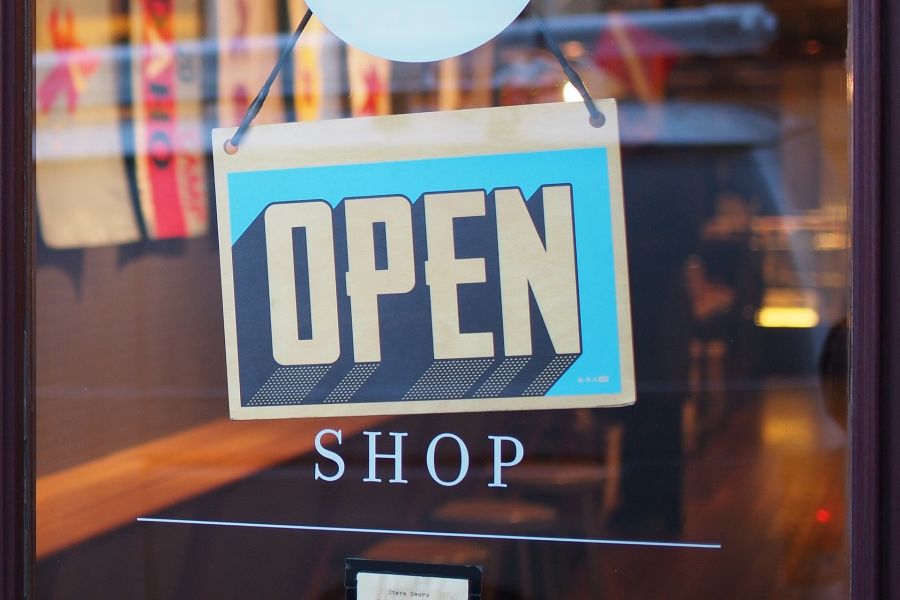Retail Posts Positive Quarter
CBRE's latest report shows largely encouraging results for a variety of fundamentals.
So much for the much-talked-about retail apocalypse. The retail sector is in growth mode on the heels of a quarter of positive numbers, according to CBRE’s new U.S. Retail Figures Q3 2019 report.
READ ALSO: What to Expect This Holiday Shopping Season
The retail sector’s fundamentals were desirable almost across the board in the third quarter. The overall availability rate recorded a minute decrease—but a decrease nonetheless—from 6.2 to 6.1 percent quarter-over-quarter. Average overall net asking rents rose to $18.16 per square foot, marking a quarter-over-quarter increase of 1 percent and a year-over-year increase of 5 percent. The third quarter rental rate figure also constitutes the highest rental rate since CBRE began following the metric in 2005. Net absorption totaled more than 9.7 million square feet, buoyed by the fact that all retail asset classes posted positive net absorption. Not since the third quarter of 2018 have the high street/freestanding, neighborhood/community/strip, power and lifestyle/mall classes all posted positive net absorption. Furthermore, retail sales jumped 3 percent quarter-over-quarter and 3.5 percent year-over-year.
The one retail sector fundamental that recorded an unfavorable change is consumer sentiment, which, after going on the rise in the second quarter, decreased ever so slightly in the third quarter.
The forces behind the numbers
While all four retail asset classes contributed to the positive net absorption in the third quarter, it was the neighborhood/community/strip segment that led the way for the nominal shrinkage in availability. As a result of an increasingly loud call for grocery-anchored centers, the category has logged a consistent drop in availability since the fourth quarter of 2017.
The notable rise in retail sales, a springboard for a robust holiday sales season, can be traced once again to e-commerce, which was at the forefront with 15.7 percent in year-over-year sales growth. Miscellaneous store retailers, bolstered by increased activity in subscription retail services and resale clothing businesses, followed with a 7.4 percent rise in sales growth. On the other end of the spectrum, department stores saw year-over-year sales plummet approximately 9 percent due to changing consumer spending habits.








You must be logged in to post a comment.